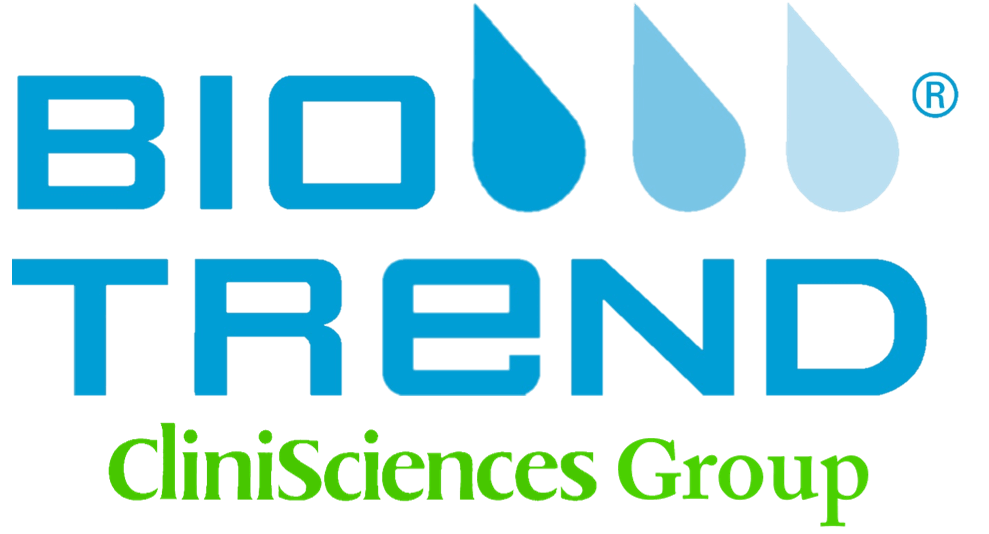Anti-Mouse CD279 (PD-1) (Clone RMP1-14) - Purified in vivo PLATINUM™ Functional Grade
Cat# P372-25
Size : 25mg
Brand : Leinco Technologies
AntiMouse CD279 (PD1) (Clone RMP114) – Purified in vivo PLATINUM™ Functional Grade
AntiMouse CD279 (PD1) (Clone RMP114) – Purified in vivo PLATINUM™ Functional Grade
Product No.: P372
Clone RMP114 Target PD1 Formats AvailableView All Product Type Monoclonal Antibody Alternate Names Programmed Death1, CD279, PD 1 Isotype Rat IgG2a κ Applications B , FA , FC , IHC , in vivo , WB |
Data
Antibody DetailsProduct DetailsReactive Species Mouse Host Species Rat Recommended Isotype Controls Recommended Isotype Controls Recommended Dilution Buffer Immunogen Mouse PD1 transfected BHK cells Product Concentration ≥7.0 mg/ml Endotoxin Level <0.5 EU/mg as determined by the LAL method Purity ≥95% monomer by analytical SEC ⋅ >95% by SDS Page Formulation This monoclonal antibody is aseptically packaged and formulated in 0.01 M phosphate buffered saline (150 mM NaCl) PBS pH 7.2 7.4 with no carrier protein, potassium, calcium or preservatives added. Due to inherent biochemical properties of antibodies, certain products may be prone to precipitation over time. Precipitation may be removed by aseptic centrifugation and/or filtration. Product Preparation Functional grade preclinical antibodies are manufactured in an animal free facility using in vitro cell culture techniques and are purified by a multistep process including the use of protein A or G to assure extremely low levels of endotoxins, leachable protein A or aggregates. Pathogen Testing To protect mouse colonies from infection by pathogens and to assure that experimental preclinical data is not affected by such pathogens, all of Leinco’s Purified Functional PLATINUM™ antibodies are tested and guaranteed to be negative for all pathogens in the IDEXX IMPACT I Mouse Profile. Storage and Handling Functional grade preclinical antibodies may be stored sterile as received at 28°C for up to one month. For longer term storage, aseptically aliquot in working volumes without diluting and store at ≤ 70°C. Avoid Repeated Freeze Thaw Cycles. Country of Origin USA Shipping Next Day 28°C RRIDAB_2749820 Each investigator should determine their own optimal working dilution for specific applications. See directions on lot specific datasheets, as information may periodically change. DescriptionDescriptionSpecificity Clone RMP114 recognizes an epitope on mouse PD1. Background PD1 is a 5055 kD member of the B7 Ig superfamily. PD1 is also a member of the extended CD28/CTLA4 family of T cell regulators and is suspected to play a role in lymphocyte clonal selection and peripheral tolerance. The ligands of PD1 are PDL1 and PDL2, and are also members of the B7 Ig superfamily. PD1 and its ligands negatively regulate immune responses. PDL1, or B7Homolog 1, is a 40 kD type I transmembrane protein that has been reported to costimulate T cell growth and cytokine production. The interaction of PD1 with its ligand PDL1 is critical in the inhibition of T cell responses that include T cell proliferation and cytokine production. PDL1 has increased expression in several cancers. Inhibition of the interaction between PD1 and PDL1 can serve as an immune checkpoint blockade by improving Tcell responses In vitro and mediating preclinical antitumor activity. Within the field of checkpoint inhibition, combination therapy using antiPD1 in conjunction with antiCTLA4 has significant therapeutic potential for tumor treatments. PDL2 is a 25 kD type I transmembrane ligand of PD1. Via PD1, PDL2 can serve as a coinhibitor of T cell functions. Regulation of T cell responses, including enhanced T cell proliferation and cytokine production, can result from mAbs that block the PDL2 and PD1 interaction. Antigen Distribution PD1 is expressed on a subset of CD4CD8 thymocytes, and on activated T and B cells. Ligand/Receptor PDL1 (B7H1), PDL2 Function Lymphocyte clonal selection, peripheral tolerance NCBI Gene Bank ID UniProt.org Research Area Apoptosis . Cancer . Cell Biology . Cell Death . Immunology . Inhibitory Molecules . Tumor Suppressors References & Citations1.) Ardolino, M. et al. (2018) J Clin Invest. 128(10):46544668. PubMed 2.) Schreiber, RD. et al. (2017) Cancer Immunol Res. 5(2):106117. 3.) Honjo, T. et al. (1992) EMBO J. 11:3887. 4.) Gubin et al. (2018) Cell. 175:1014–1030 Journal Link 5.) Renner et al. (2019) Cell Reports. 29:135–150 Journal Link 6.) Gubin, M. et al. (2018) Cell 175(4):10141030.e19 Journal Link You might also be interested by the following products:
Cat#
Description
Cond.
Price Bef. VAT
|


